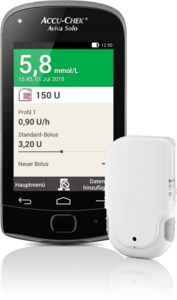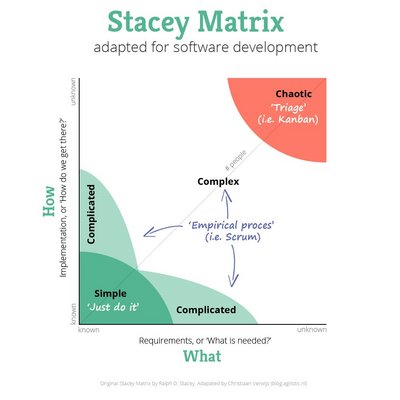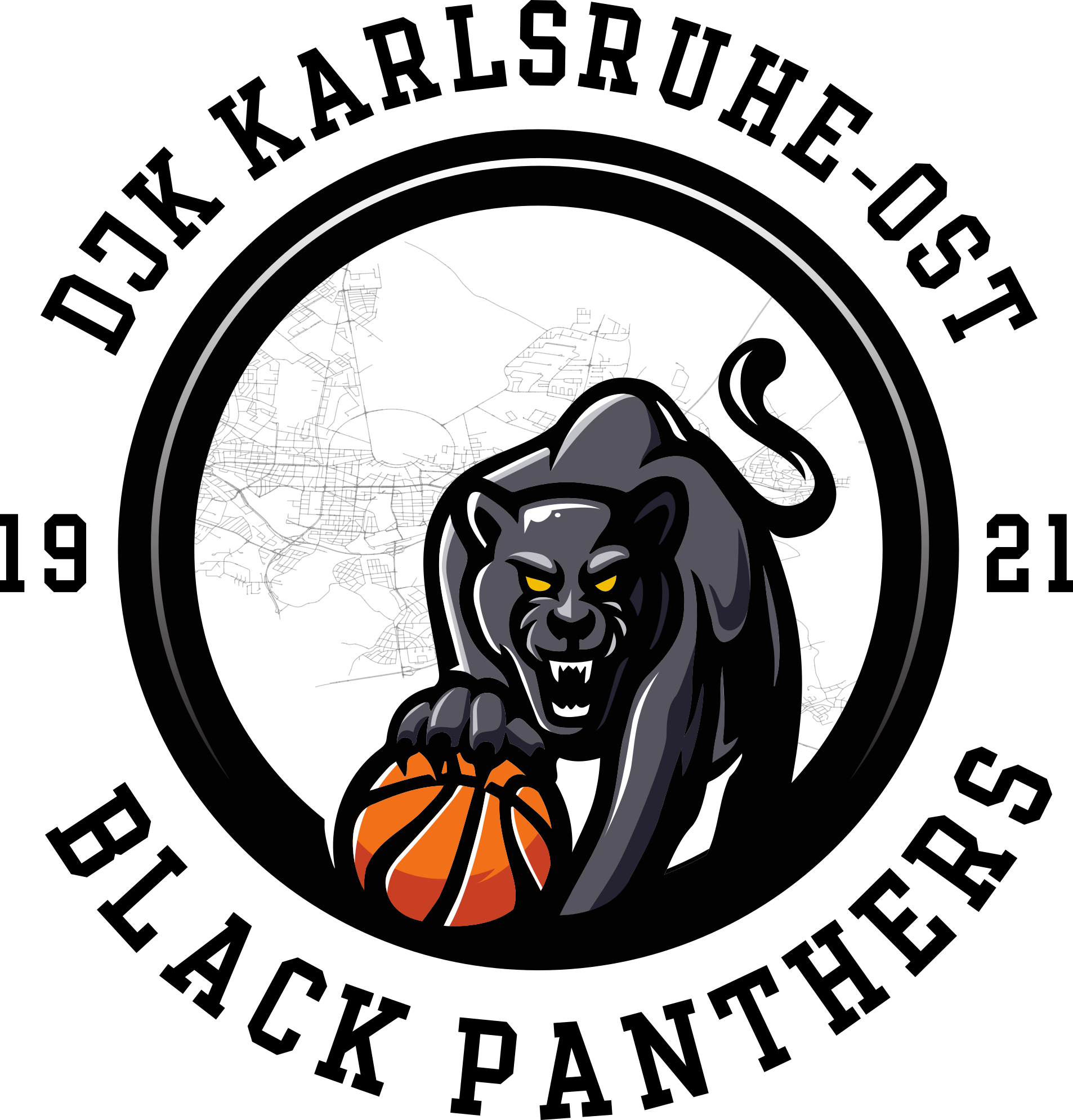Roche

online: www.roche.com | www.rochediabetes.com
Roche Diagnostics, with sites in Rotkreuz, Penzberg, Mannheim, the USA and Spain, is part of the Roche Group and is divided into four divisions:
- Roche Professional Diagnostics
- Roche Diabetes Care
- Roche Tissue Diagnostics
- Roche Molecular Diagnostics
The Roche Diabetes Care Deutschland GmbH, based in Mannheim, Germany, with approximately 500 employees, is an independent sales company within the Roche Group.
Roche Diabetes Care sells and markets modern diabetes therapy solutions in the German market. In addition, Roche Diabetes Care Customer Service Germany supports customers in various European countries.
The therapy solutions include:
- classical and long-term glucose measurement
- digital documentation and evaluation
- smart insulin delivery and motivational services, both from the AccuChek® brand and from cooperation partners.
parsQube works for Roche Diagnostics as well as for Roche Diabetes Care.

What was the client's problem?
The challenge of the client (Roche Diabetes Care) was generally that the organisation was at least in the complex project area (according to the Stacey definition), so that the usual long-term planning, according to the waterfall model, was no longer possible.
As can be seen in figure 1, the need was based on the fact that the company was working on a new product and was entering new territory on the technical side (How axis according to Stacey). The conventional technical solutions, which had led to great success, had to be rethought and partly reimagined.

Source: www.accu-chek.ch
The already existing and very successful product line is the Accu-Check insulin pump (figure 2). The new idea was that a digital solution would implement the potential improvements that had been identified through market research. This digital solution required the new technology in question.
On the requirements side (What axis according to Stacey), we were moving into new territory, because the habits of the end customers and the use of the insulin pump were well known, but the end customers had to adapt to a new product world through the digitalisation of the new solution. Furthermore, it was clear from the beginning that the regulatory conditions would change fundamentally. However, it was unclear in which direction the regulations would develop.
In addition to the technical challenges and the challenges of the market, there were also organisational and methodological challenges that would arise in the course of the desired transition. The organisational challenges included the implementation of the project with distributed teams working in 5 different cities and 4 different countries.
Why was parsQube asked?
Through the mediation of Mr. Zickermann (Kite IT) and Mr. Weber (Denkrichtungen) a two-day workshop with project decision-makers and members of Roche Diabetes Care was conducted under the leadership of Mr. Zaeri Esfahani.
The responsible agile transition manager also took part in the workshop. In the days and weeks following the workshop, there were several meetings and workshops to discuss with Mr. Zaeri Esfahani how parsQube would lead and Mr. Zaeri Esfahani as lead coach would approach the transition.
Mr. Zaeri Esfahani's references, the experience he had gained in the software and hardware sector since 2004 and also his knowledge of classic project management according to IPMA ultimately led to parsQube being commissioned with the overall implementation of the agile transition and with the composition of a suitable network, which actively contributed to the realisation of the successful transition. This network consisted of:
- Denkrichtungen with Mr. Tim Weber, who was active in the area of systemic coaching and in the support of Scrum teams as an agile coach and made a very valuable contribution so that personal coaching sessions with respect and constructive feedback were also made possible.
- Agileus Consulting with Ms. Dagmar Hebenstreit and Dr Jörk Hebenstreit. Ms. Hebenstreit supported the project with invaluable diligence and with her experience in the field of Agile Coaching at team level. Mr. Hebenstreit's great contribution was not only his calm and level-headed manner, nor his immense experience in the field of agile, but also in particular his special experience in the field of agile in hardware projects.
- bulbb with Mr. Konstantin Dirbanis, who, with his relevant experience from the software world and his great commitment as an agile coach at team level, gave his team a firm hold even in the most difficult moments.
- Comeno with Mr. Theo Veltkamp, who accompanied the change on an organisational level. Mr. Veltkamp not only provided conceptual support, but also conducted workshops himself in various formats, always focusing on requirements and communication with stakeholders.
parsQube provided operational support to the Scrum Development Team in the form of Ms. Lisa Kohler and ultimately provided the lead coach in the form of Mr. Zaeri Esfahani, who was allowed to be involved in all conceptual implementations and also took over the operational set-up of the first Scrum team and acted as coach to the product owner.
How did we proceed methodically?
As a matter of principle, parsQube always works in a network if the project involves a larger effort that exceeds our inhouse capacities. We would like to make it clear here that we do not see ourselves as a consulting firm that only implements its own ideas and concepts with many of its own consultants. We value and seek exchange with consultants from other companies, even if we do not always agree. In the end, the focus is on being able to make a clear recommendation to the client, a recommendation that can also be the result of discussions, different views and experiences.
Mr. Zaeri Esfahani introduced the network and the concept of the approach in the run-up to the project, and also who from the network would take on which role. Furthermore, it was decided that we would enable the implementation of the first Minimal Viable Product in an eleven-month pilot project and then plan the next stage after an inspection.
What was the idea/concept?
The concept was that we train and accompany the first agile team with Scrum. This team was to implement the MVP in 11 months and then put the project on a programme level. A specific form of scaling was not yet chosen, but it was known at this point that agile scaling would be unavoidable if the project grew.
Parallel to the project implementation, an organisational change was planned. Training sessions, workshops and formats such as fish bowls and pizza meetings as well as information rounds were used to inform and discuss up to 150 participants about agility and its importance.
How was the idea/concept implemented?
Before the start of the project, the entire team, including the Scrum Master, the project owner and the project sponsor, was trained in a two-day workshop. The team was informed about the agile understanding and in particular about Scrum. Individual questions could be asked and ambiguities eliminated.
If these ambiguities are not eliminated, they lead to uncertainties, which increase more and more in the course of the project in the form of an avalanche.
The team was then accompanied into the first sprints by three coaches. One coach for the Scrum Master, one coach for the Product Owner and one coach for the Development Team and interface clarifications to the team. The use of these coaches was reduced more and more, so that in the end only one coach accompanied the entire Scrum team.
After the successful implementation of the MVP after 11 months, the team became larger, more features were planned and implemented, so that several teams led the project in a scaled form. At the same time, a second project was set up with about 80 team members and the already active network of consultants was strengthened by two more people:
- Agile Quality Systems with Mr. Kelly Weihrauch, who was a great support with great experience and his speciality in the field of quality management in the regulatory area in the pharmaceutical industry and its consideration in the agile environment.
- Birgit Mallow Organisationsentwicklung und Prozessberatung with Ms. Birgit Mallow, who took over and accompanied the coaching of the Release Train Engineer with her experience in the field of agile scaling and her coaching approaches.
In a detailed workshop with the consultants and the client, the advantages and disadvantages of different forms of scaling were discussed and evaluated. Subsequently, an adapted form of SAFe was selected that took into account certain organisational conditions of the company.
A detailed training plan was drawn up for all 80 team members, so that all members took part in agile basic training and a few selected participants were also allowed to take SAFe training. In parallel, a first version of the product backlog was worked on before the first programme increment planning could be carried out. The increment comprised 4 sprints of 2 weeks each.
Here, too, each team (5 people each) had its own Agile coach. At the programme level, Agile coaches were provided for the system architect, release train engineer and product management.
Where does the client stand today?
The programme is in its eighth programme increment and a statement about the velocity of the teams is possible. The use of coaches has been reduced over time and would be minimal if a complete changeover had not been necessary due to Covid-19 and certain organisational changes.
Thanks to the courageous behaviour of the entire team and the great support of the release train engineer, the conversion of the programme to an online-only schedule has been very successful. We look forward to further cooperation and to achieving the first releases on the way to the first MVP and MMP (Minimal Marketable Product).
If you are interested in a first meeting because you are facing similar challenges or if you are interested in further details regarding our way of working, we would like to invite you to contact us. On our team page you can reach us or Mr. Zaeri Esfahani directly. We are looking forward to your message.





